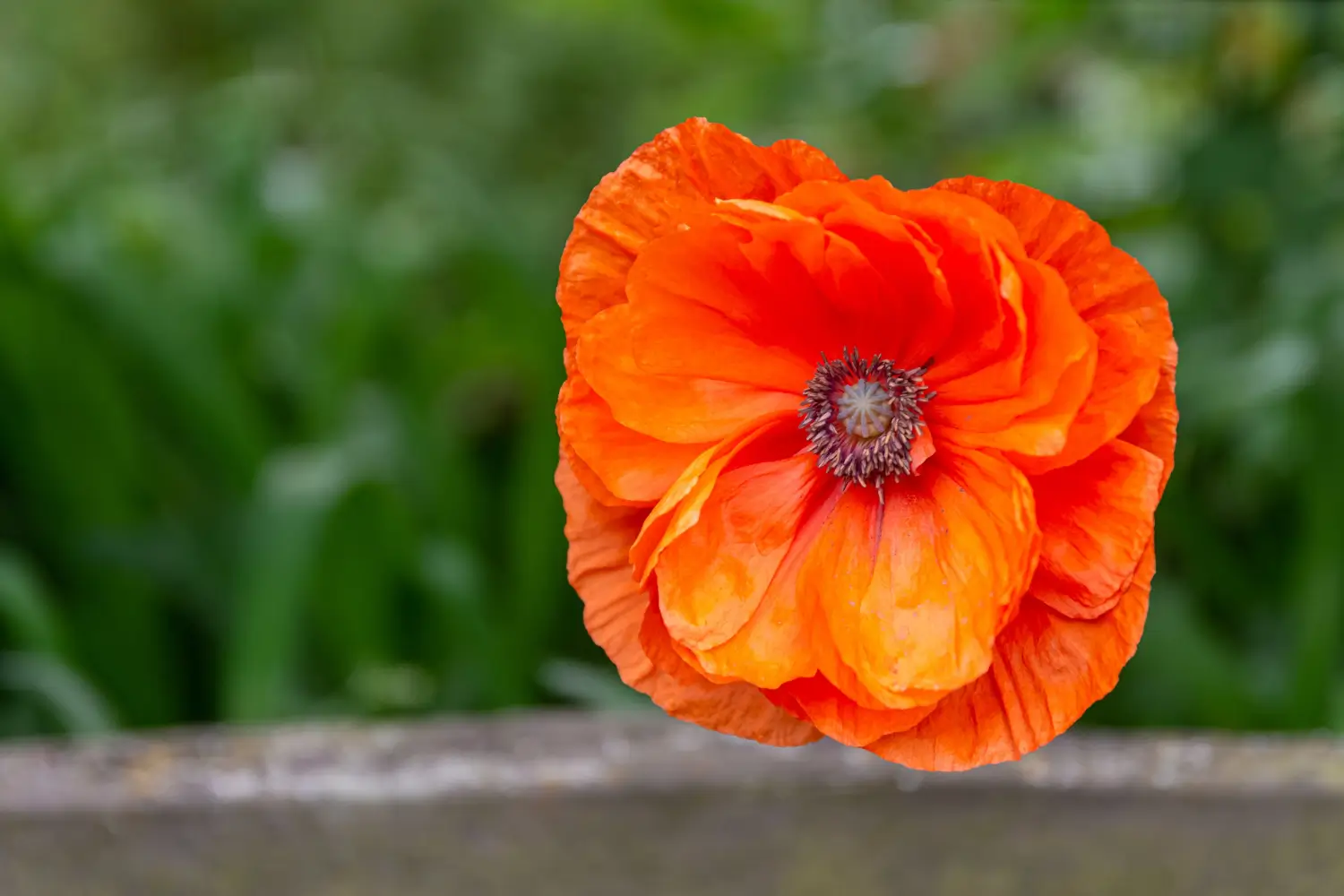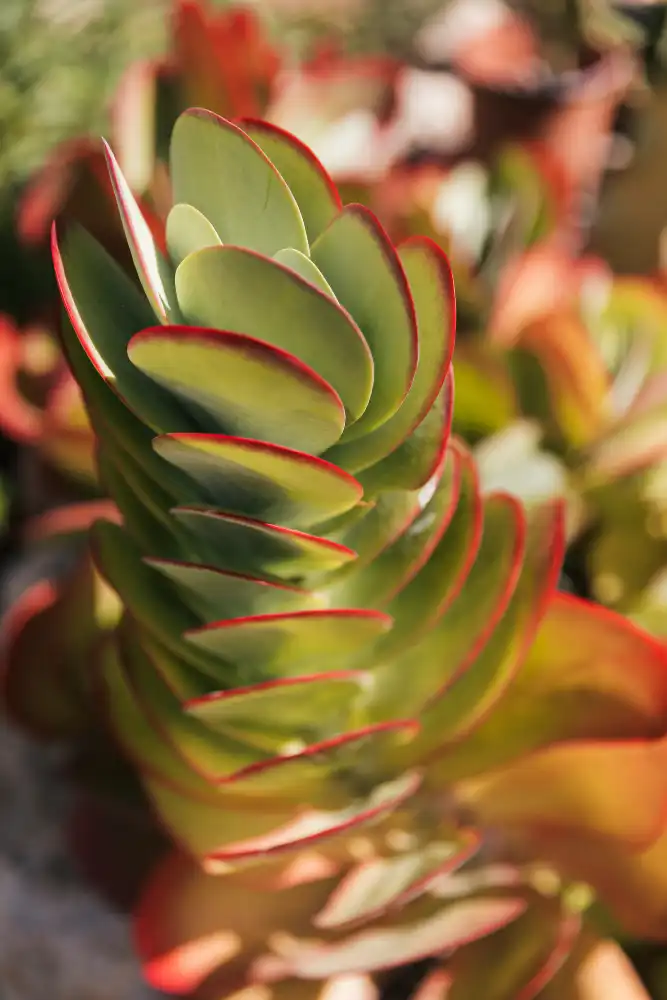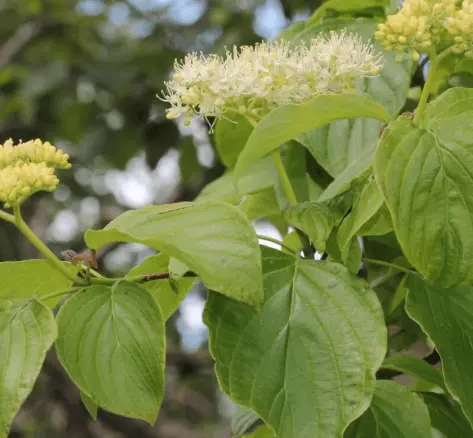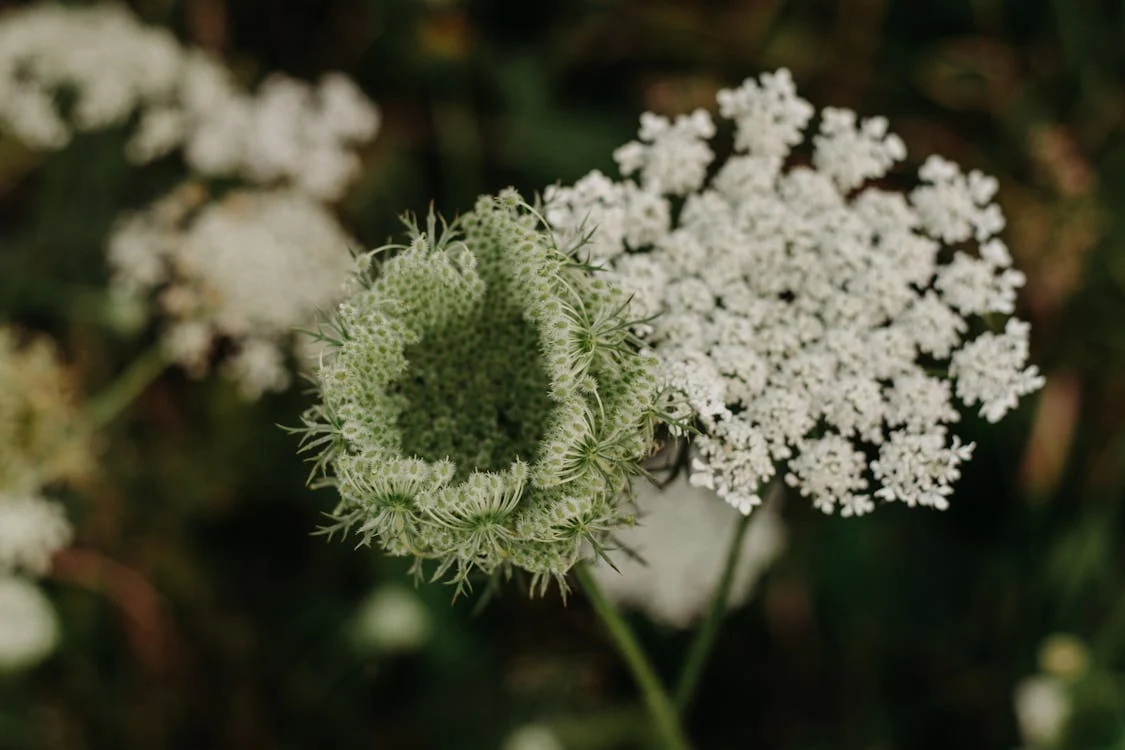
Soil Health & Fertilization
We unite suppliers and green industry professionals worldwide
Every flower has great beauty but very few flowers have the wondrous beauty of nature like Iceland Poppy (Papaver nudicaule)
By Victor Miller
|Published on June 11, 2025


Every flower has great beauty but very few flowers have the wondrous beauty of nature like Iceland Poppy (Papaver nudicaule). With its paper-thin petals and bright, cheery colors, this hardy perennial (often grown as an annual or biennial) is beloved by gardeners who long for early-season flowers. Indigenous to subarctic regions, it flourishes in cooler temperatures and bears gorgeous blooms in yellow, orange, pink, red, and white.
Unlike its more common relatives Oriental or Shirley poppies, the Iceland Poppy flowers earlier in the season, bringing a more delicate, but equally eye-catching touch to flower beds, borders, and wildflower gardens. If you want a low-maintenance, drought-tolerant plant that attracts pollinators, the Iceland Poppy is an excellent option.
| Botanical Name | Papaver nudicaule |
| Common Name | Iceland Poppy |
| Mature Size | 12 to 24 inches tall, 6 to 12 inches wide |
| Light Requirements | Full sun to partial shade |
| Soil | Nutrient rich soil that drains well |
| Watering Requirements | Moderate; prefers slightly moist soil |
| Hardiness Zones | 2–7 (annual in warmer zones) |
| Time to bloom | Late spring to early summer |
| Flower Color | Yellow, orange, pink, red, white |
| Growth Rate | Moderate |

September 25, 2025
9 minute read
September 24, 2025
9 minute read
September 23, 2025
10 minute read
September 22, 2025
9 minute read


Join as a seller and connect with thousands of B2B buyers nationwide!
Sign Up

Paddle Plant
The Paddle Plant (Kalanchoe thyrsiflora or Kalanchoe luciae) is sculpture as much as it is succulent. This dramatic plant, with its large, round, paddle-shaped leaves tinged with red edges, adds a bold, architectural presence to any garden or indoor space

Pagoda Dogwood
The Pagoda Dogwood (Cornus alternifolia), a small tree or large shrub that lives up to its name with a branching habit that mimics the layered rooflines of a pagoda. It has four-season appeal:

Quaking Aspen
The Quaking Aspen isn’t only praised for its golden autumn foliage — it’s adored for how its round, flat leaves tremble and shimmer with the slightest touch of wind. This captivating characteristic makes the Quaking Aspen a great marvel of the natural wo

Queen Anne’s Lace
Queen Anne’s Lace has long inspired the imagination of both gardeners and herbalists alike with its umbrella-shaped clusters of white flowers and feathery, fern-like foliage.
Once established, Iceland Poppies are easy to grow, and care for. They like it cool and do well in well-draining soil that’s moderately moist.
For best blooms, in cooler climates plant Iceland Poppies in full sun. In warmer regions, they benefit from light afternoon shade to protect them from excessive heat.
For Iceland Poppies here is the ideal soil:
Adding compost or organic matter improves soil texture and enhances nutrient availability.
These poppies like soil that is consistently moist, but too much water will rot their roots. Water often (particularly through dry spells), but let the soil dry out somewhat in between. Iceland Poppies are drought-tolerant once established and do not need to be watered as often.
Regular deadheading encourages continuous blooming and prevents the plant from going to seed too quickly. Cut off old flowers just above a pair of healthy leaves to encourage new growth.
Prune back the foliage at the end of the blooming season so the plant can conserve energy. If you want the poppies to self-seed for the next season, leave some flowers to dry and release their seeds naturally.
Iceland Poppies should be direct seeded, they do not transplant well.
To begin from seeds, direct sow in fall or early spring. Simply scatter the seeds on the surface of the soil, pressing them in down lightly (but not covering them, as they need light to germinate). After that, keep the soil evenly moist until germination, usually in 10 to 15 days.
When starting seeds indoors use biodegradable pots to reduce root disturbance during transplanting. When seedlings are a few inches tall, gently transplant them outdoors in early spring.
Iceland Poppies are also suitable for container gardening, perfect for patios and balconies. Use a lightweight well-draining potting mix and make sure the container has suitable drainage holes.
Place the pot in a sunny spot and water when the top inch of soil is dry to the touch. These poppies don’t enjoy being rootbound, so select a bigger pot if you want them to flourish. In containers, deadheading spent flowers encourages longer blooming of the plant.
Iceland Poppies will over-winter in zones 2-7 but may die back to the ground to re-emerge in spring. A thin layer of mulch will help insulate the roots.
In hotter areas, where they do not overwinter well, they are commonly regarded as annual plants. Want non-stop blooms in these areas? Overplant seeds every fall or early spring, and you’ll have new flowers year after year.
Iceland Poppies are late spring to early summer bloomers, and may produce a second flush in cooler growing areas. Their thin, crepe-paper-like petals provide a sharp contrast to their gray-green foliage.
For longer-lasting blooms, be sure to deadhead them regularly, keep them watered and give them a light feeding of complete fertilizer every few weeks.
These flowers are also lovely and long-lasting also when cut, staying in a vase a week or if the stems are seared in hot water right after cutting.
Although they are generally tough, Iceland Poppies can experience a couple of problems:
These plants offer delicate beauty, resilience, and a long blooming season in cooler climates. Whether planted in flower beds, meadows, or containers, these colorful flowers make a statement wherever they grow. With good care, they’ll repay gardeners with stunning colors and effortless grace season after season.
They like cool temperatures and can do poorly in extreme heat. In hot climates, give some afternoon shade and mulch to keep roots cool.
They are short-lived perennials in technical terms, but in most gardens they are grown as annuals or biennials.
Yes! If you don’t dead head them, they’ll self-sow and you can enjoy them year after year, provided the conditions are right.
Too much shade, too much heat, or too rich soil could be possible causes. For optimal results, provide them with full sun, moderate nutrients, and cool temperatures.

Soil Health & Fertilization
Victor Miller

Pest Identification & Prevention
Victor Miller

Lawn Care Tips & Maintenance
Victor Miller

Soil Health & Fertilization
Victor Miller

Smart Irrigation Systems
Victor Miller

Patios, Walkways & Driveways
Victor Miller

Soil Health & Fertilization
Victor Miller

Pest Identification & Prevention
Victor Miller
My Account
Our team is always here to help.
We are open Monday - Friday, 9:00 AM to 4:30 PM PST.